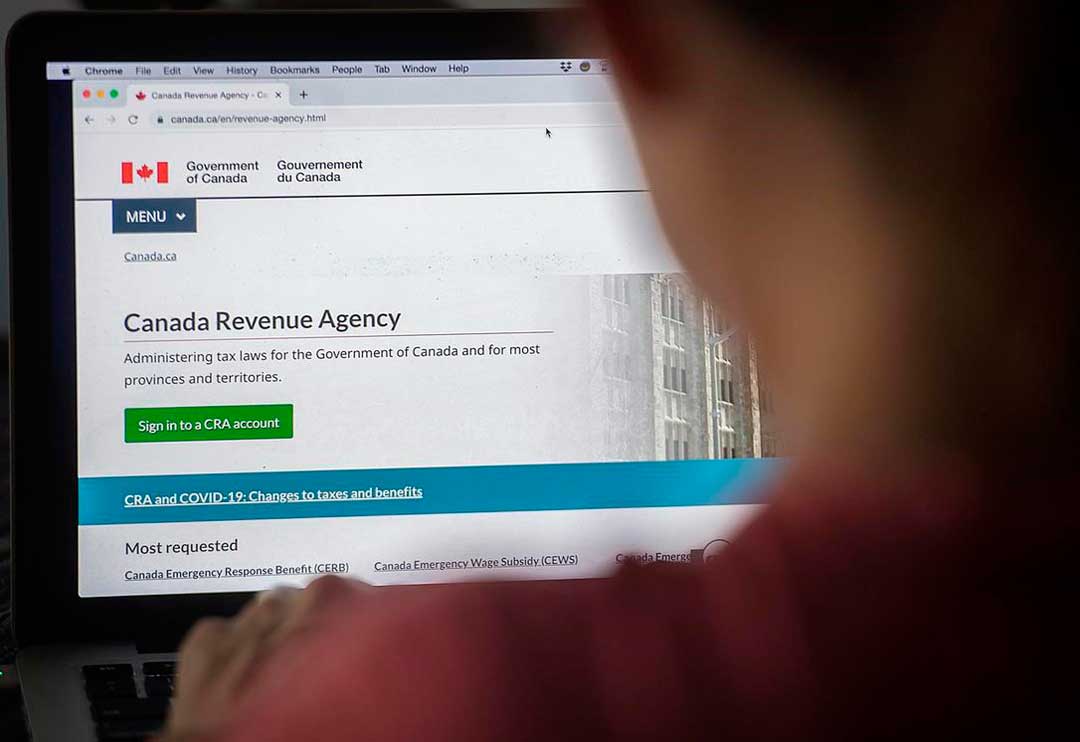
The Canada Revenue Agency has recently locked out 800,000 users from their online accounts, out of fear that people’s usernames and passwords have been hacked.
Citing the cybersecurity risk of having this information in the hands of potentially bad actors, obtained through email phishing schemes or third-party data breaches, the CRA says the move is precautionary.
“Like the accounts that were locked in February, these user IDs and passwords were not compromised as a result of a breach of CRA’s online systems, rather they may have been obtained by unauthorized third parties and through a variety of means by sources external to the CRA,” said the CRA in a statement.
“The total number of accounts impacted is roughly 800 thousand,” said the CRA.
The agency said that unlike what happened in February, it wanted to warn people ahead of time that the access to their accounts may be down, given its tax time.
If attempts are made to log in to a frozen account, the user will receive an error message informing them that their CRA user ID has been revoked.
Impacted individuals will be contacted by the email address associated with their accounts, or if there was not one on file, by mail.
Taxpayers can re-gain access to their CRA account by going to the CRA login page and creating a new CRA user ID and password or by using a different login method associated with their CRA account, the agency says.
It may take until March 22 for the issues to be resolved, but after that date, if users are unable to log in they should call the CRA.
As part of its ongoing monitoring the agency keeps an eye on any government-used usernames and passwords that go up for sale on the dark web and the CRA then moves to lock these accounts. This can happen when people use the same login information across multiple websites.
“All Canadians should monitor their CRA accounts for any suspicious activity including unsolicited changes to banking, mailing address or benefit applications made on their behalf. In addition, passwords should be updated regularly,” said the CRA.
Source: CTVNews
Newsletters
No Results Found
The page you requested could not be found. Try refining your search, or use the navigation above to locate the post.
Events & Sponsorship
No Results Found
The page you requested could not be found. Try refining your search, or use the navigation above to locate the post.
Articles & Publications
10 red flags that could lead to a CRA audit
10 red flags that could lead to a CRA audit Audits can stem from things you do — or don't do — when filing your tax return. Typically, the tax agency will send out about 30,000 letters a year letting Canadians know they’re being audited. While that’s just a fraction...
Financial Statements: The Horizontal Method
Analyzing Financial Statements: The Horizontal Method The second method to analyze financial statements is the horizontal method. The horizontal method is used to analyze financial information in two fiscal years. This method consists of comparing various financial...
Financial Statements: The Vertical Method
How to Analyze Financial Statements: Vertical Method As said in previous articles, we have two primary methods to analyze financial statements. Here you will learn how to use both steps by step. The first method, known as the vertical method, analyzes one fiscal...
Fundamentals of Financial Statements
Fundamentals of Financial Statements Analysis Financial Statement analysis is carried out through methods, often defined as techniques that allow knowing the entity's transactions on its financial situation and results. Based on the order to follow the analysis, these...
The U.S.’s New Law To “Ban” Shell Companies
The new U.S. Corporate Transparency Act (CTA), which passed in late 2020 as part of the National Defense Authorization Act, makes seemingly significant changes to the information required when incorporating a company in the U.S. While the legislation is a significant...